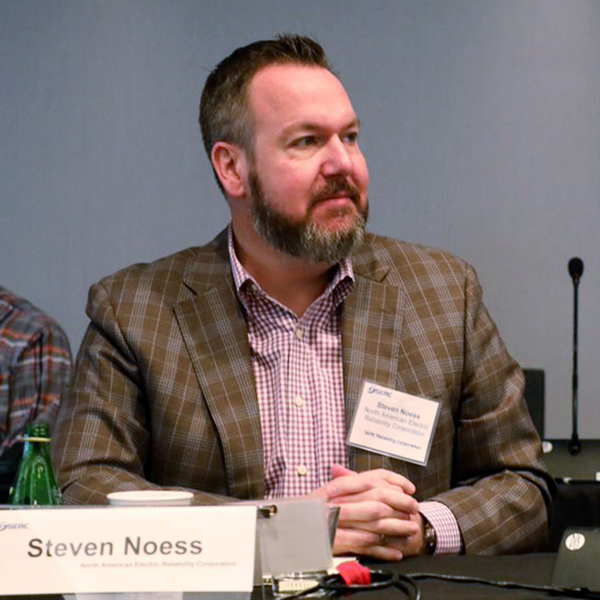
As California prepares for an expansion of the Clean Cars 4 All program, officials are working on strategies to make sure the clean vehicle purchase incentive for low-income residents goes to those who need it most.
The California Air Resources Board (CARB) has proposed a household income limit of 300% of the federal poverty level for drivers to receive the incentive under the expanded program.
But the income limit could be just one piece of a needs-based approach to the incentive, said Aaron Hilliard, manager of the Alternative Strategies Section within the Incentives & Technology Advancement Branch at CARB.
“[We’re] looking at potentially other metrics for determining who is in the greatest need, other than just income,” Hilliard said.
Hilliard’s comments came during a CARB workshop on Monday to discuss the statewide expansion of Clean Cars 4 All. CARB staff described the workshop as a kick-off meeting on program expansion, with many details yet to be ironed out.
CARB’s Anthony Poggi said the agency is looking at how it would prioritize applicants in disadvantaged communities. The strategy will include working with community-based organizations and Access Clean California, a program that helps lower-income residents find clean energy benefits for which they’re eligible.
Program implementation is another variable in the Clean Cars 4 All expansion, according to Hilliard, who said CARB has heard comments about the drawbacks of first-come, first-served vehicle incentive programs.
Air District Involvement
In Clean Cars 4 All, an eligible driver agrees to scrap their old car in exchange for an incentive to buy a new or used hybrid, plug-in hybrid or zero-emission vehicle.
The Clean Cars 4 All incentive is currently offered by four California air districts: the Bay Area Air Quality Management District (AQMD); the Sacramento Metropolitan AQMD; the South Coast AQMD, which calls the program Replace Your Ride; and the San Joaquin Valley Air Pollution Control District (APCD), which calls the program Drive Clean in the San Joaquin.
The San Diego County Air Pollution Control District is getting ready to launch the program. CARB provides funding to air districts to administer the program.
A CARB regulation currently limits Clean Cars 4 All participation to air districts with a population of 1 million or more. And drivers receiving an incentive must live in a zip code that contains a disadvantaged community census tract.
But under the statewide expansion, those restrictions would be dropped. Poggi said the statewide expansion would not affect existing programs in the four air districts or the one in San Diego. Instead, the statewide program would be complementary to those programs.
CARB plans to recruit a statewide administrator to run the expansion program. The agency expects to release a solicitation for the position in early June.
Requirements Debated
For the statewide expansion of Clean Cars 4 All, CARB has proposed a household income limit of 300% of the federal poverty limit, which works out to $65,880 for a household of three or $79,500 for a household of four. About 90% of program participants already meet this income requirement.
Beverly DesChaux, president of the Electric Vehicle Association of Central Coast California, suggested targeting the incentive to drivers whose cars are “big, fat polluters.” The size of a car, its age and how much it’s driven could be factored in, she said.
DesChaux also called for restricting the Clean Cars 4 All incentive to plug-in hybrid or zero-emission vehicles and eliminating non-plug-in hybrids from the program.
“A hybrid … is simply a gas car that has a little electric motor that boosts the mileage a little bit,” she said.
Poggi said that hybrids were being included in the statewide program to give participants options on what to buy. He noted that air districts are being given flexibility on whether to include hybrids in their programs.
LaDonna Williams, programs director with All Positives Possible, a non-profit organization promoting disadvantaged communities’ right to a clean environment, said CARB’s proposed changes would make Clean Cars 4 All more inclusive.
Disadvantaged and low-income populations, particularly African-American communities, have fallen through the cracks in the past, she said.
Williams also cautioned against dictating drivers’ choice of car, even if a polluting vehicle might be offensive to some. Not everyone has money to cover the expense of a newer car, she said.
“Because we see someone driving a big vehicle or a gas car, that might be our personal opinion, but we also don’t want to end up being policed,” Williams said. “Because, again, at the end of the day, we know what population is going to be targeted the most for that, so we want to keep these options open.”